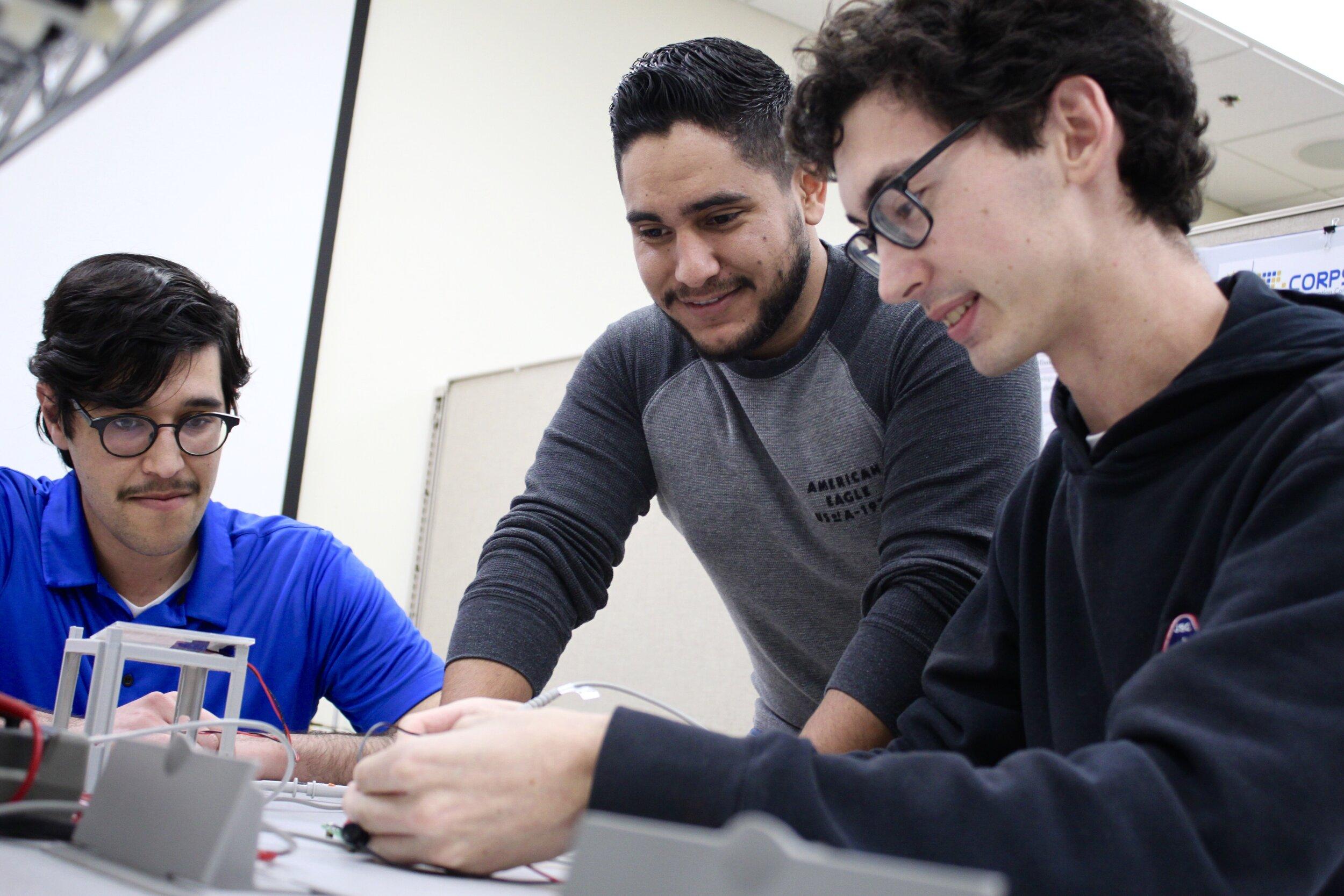NASA has awarded Sonoma State almost $5 million to fund NASA’s Neurodiversity Network, or N3, a program designed to get neurodiverse learners, such as students with autism, involved in STEM. According to NASA’s N3 website, this five-year program aims to provide neurodiverse learners with education and experience in STEM-related fields so that they may pursue careers at NASA or in similar professional pathways.
Multiple groups participated in the progress of N3, including Sonoma State’s own faculty, autism experts from the Education Development Center, and informal education experts from the New York Hall of Science. These groups are currently working with neurodiverse learners to redevelop existing NASA resources for implementation in local high school classrooms. They anticipate that N3 will diversify NASA’s national Science Activation program, which has previously never included programs specifically developed for neurodiverse learners.
Leading the charge is Sonoma State’s own Dr. Lynn Cominsky, a professor of astronomy and physics and the leader of EdEon, an SSU STEM learning center.
Cominsky is enthusiastic about her work with N3, stating, “ I am very passionate about this project as it was inspired by my work with several autistic physics majors, as it became clear to me that they could work for NASA, or other STEM-related careers that take advantage of the unique strengths that they can bring.”
Cominsky herself, as the Principal Investigator for N3, led the team that successfully proposed the project. She explained that N3 is still in its early stages, but is partnering with certain Bay Area schools to beta-test its redeveloped courses with neurodiverse learners. Beta-testing helps ensure that the program succeeds on a small scale before it can be implemented on a larger scale. One such resource they have devised is an at-home astronomy resource involving a robotic telescope at Pepperwood Preserve in Santa Rosa.
“Next year, when we expect to have in-person instruction again,” Cominsky said, “we will work on building model rockets with experimental payloads and launching them.”
Currently, N3 is aimed at high school students transitioning into college, but Cominksy said she would like to expand it to include support for college students transitioning into the workforce as well.
EdEon STEM Learning, another STEM group at Sonoma State led by Cominksy, also promotes STEM education for students. EdEon’s mission statement, according to both their homepage and Cominksy, is to “develop exciting formal and informal educational materials that inspire students in grades 5-14 to pursue STEM careers, to train teachers nation-wide in the classroom use of these materials, and to enhance science literacy for the general public.”
EdEon includes resources like the Astronomy from Home program, or AfH, which will be used alongside N3. Meghan Miller, a student assistant at EdEon, describes AfH as a “one-stop shop for learning about many components of space including the life and death of stars, galaxies, and exoplanets.”
“We are hoping that AfH will be a website that is accessible to neurodiverse students,” Miller added. “I really enjoy working at EdEon and I am very excited to see how this N3 project goes.”
Regarding EdEon, Cominsky said, “Besides astronomy-related activities, we also have developed curriculums in rocketry and building experimental payloads for rockets and drones. Our largest project at the current time is Learning by Making, a ninth-grade integrated STEM curriculum that teaches coding and electronics so that students can design and build their own science experiments.”
She invites students to visit EdEon’s offices on the third floor of the Schulz library, as EdEon is always looking for students to work with.
One local Ukiah High School student lauded the Learning as Making program, saying, “It’s helped me problem solve on my own and helped me learn how to code. I am glad I am in STEM.”
With such high praise bestowed upon other STEM programs, Sonoma State is optimistic about the future of N3 and the promise it brings to neurodiverse learners.





![[Both photos courtesy of sonoma.edu]
Ming-Ting Mike Lee stepped in as the new SSU president following Sakakis resignation in July 2022](https://sonomastatestar.com/wp-content/uploads/2024/04/CC4520AB-22A7-41B2-9F6F-2A2D5F76A28C-1200x1200.jpeg)


























